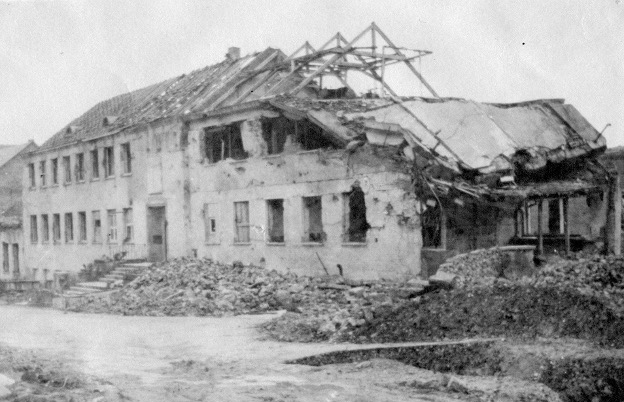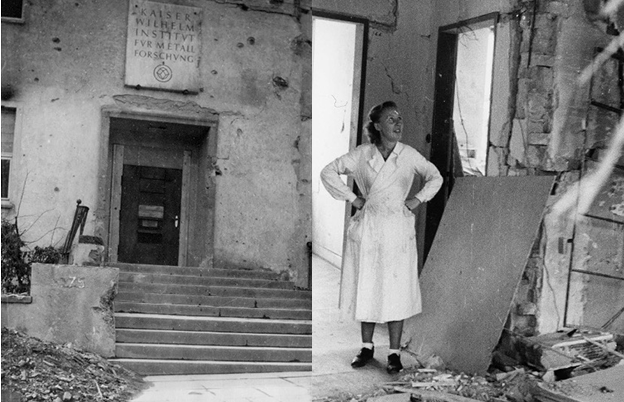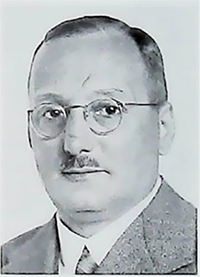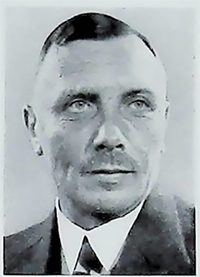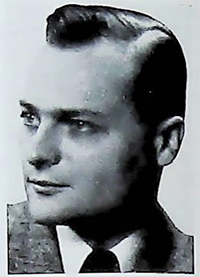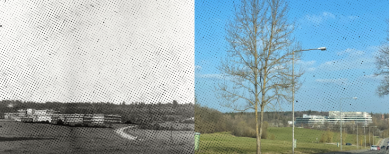Transition
Immediately after the war, the French military administration confiscates the Institute’s equipment and headhunts its staff members. Rebuilding work begins in Stuttgart in the summer of 1945. The three Directors are incarcerated in September 1945. Their deputies organize the resumption of teaching activities in February 1946 along with repairs to the first Institute building in the autumn of 1947. The rebuilding work concludes with the opening of the extension in the summer of 1949.
Timeline
1945: Allied occupation begins Internment of the three Institute Directors
1947: Reconstruction of the first Institute building
1949: Completion of the rebuilding

Attempts at headhunting
French troops occupy Stuttgart on 21 April 1945; a few days later, they take over the locations to which the Kaiser Wilhelm Institute (KWI) has been evacuated. Only Schwäbisch Gmünd, the home of Georg Grube’s Institute for the Physical Chemistry of Metals, is located in the American occupation zone. The French and American special units begin to compete for the best German researchers and research facilities.
The KWI for Metals Research is also much in demand. The three Directors, Werner Köster, Richard Glocker and Georg Grube, decide to stay in Stuttgart and rebuild the Institute, which has largely been destroyed. Before Stuttgart and the Reutlingen district become part of the American occupation zone, the French military administration has the inventory of Köster’s and Glocker’s Institutes transported to Tettnang castle on Lake Constance. This results in the establishment of a separate metals research institute in the French occupation zone, employing at least nine staff members from the KWI.
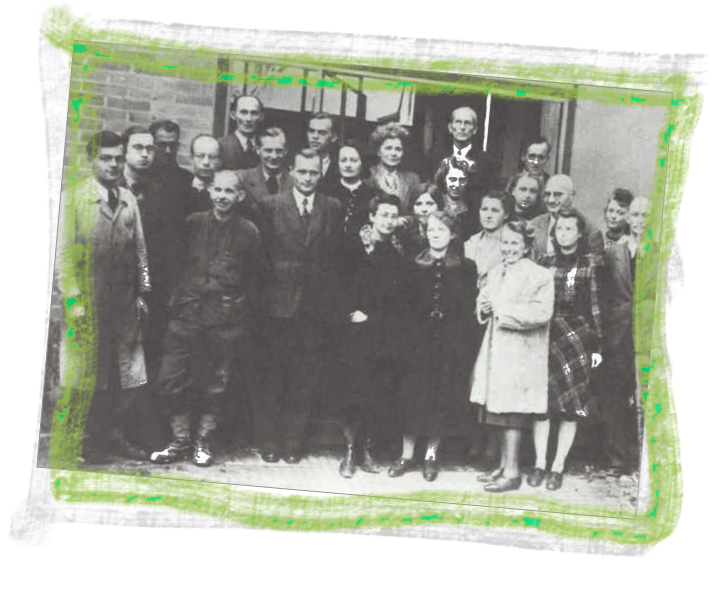
Incarceration
On 12 September 1945, the Americans arrest the three Institute Directors, Köster, Grube and Glocker. They are interned in Ludwigsburg for eight or nine months. Werner Köster is subsequently banned from practising his profession for a period of two years. During his denazification proceedings, he declares that the KWI’s work during the “Third Reich” consisted of basic research. He conceals the fact that he was involved in arms research and production until the end of the war. Erich Gebhardt takes charge of the KWI for Metals Research and supervises the rebuilding of the Institute until Köster’s return in the summer of 1948.
Restoration, work continues
After the war ends, the KWI is left virtually destitute. Extensive research commissioned by the company WMF keeps the Institute and its staff members above water. In the autumn of 1946, the Ministry of Culture and Education of the newly established state of Württemberg-Baden grants the KWI an emergency budget. Talks with the Technische Hochschule (TH) Stuttgart regarding the resumption of teaching activities and the reconstruction of the Institute building in Seestraße take place during the summer of 1945.
The building work is carried out by students, who can only secure one of the few coveted study places if they put in several months of labour. In February 1946, the TH resumes its teaching activities in rooms provisionally equipped for the purpose; these include the KWI’s basement. Not until the autumn of 1947 is the main building in Seestraße largely restored; rebuilding work on the extension continues until the summer of 1949.
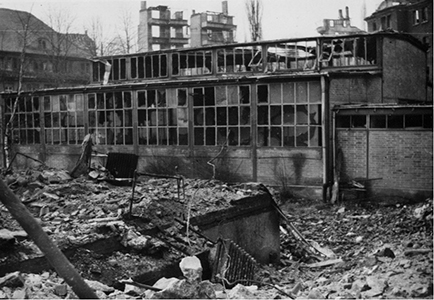

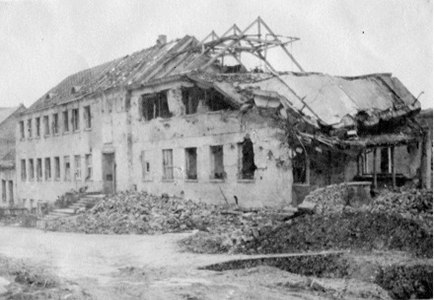
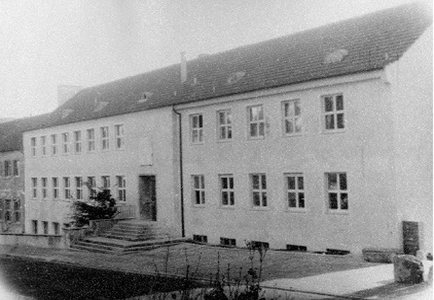
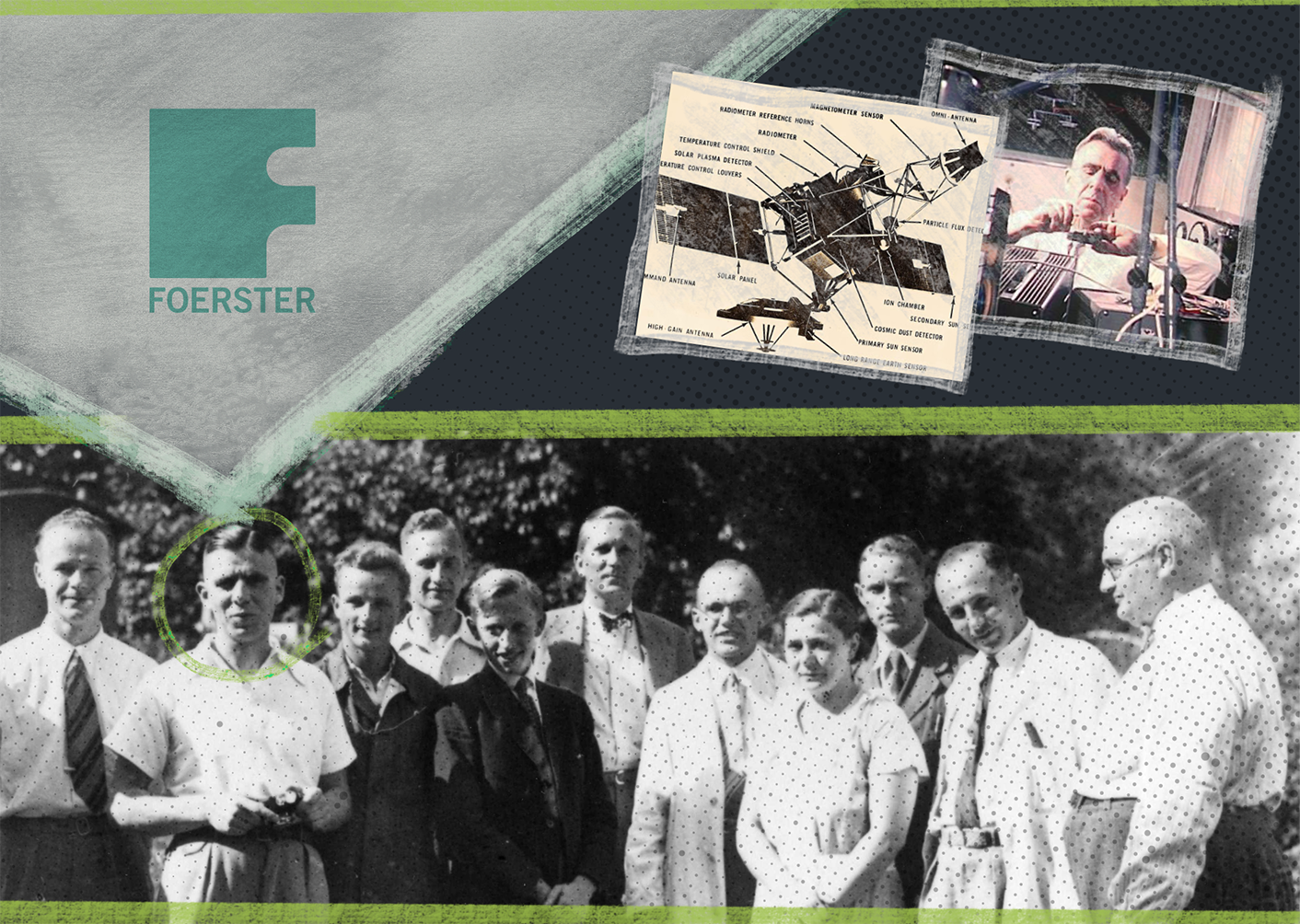
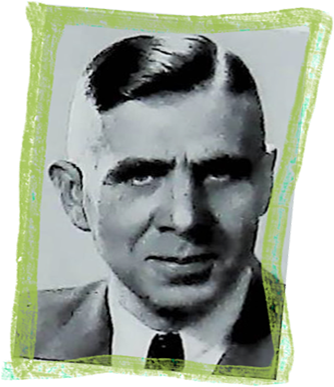
After the end of the war, Friedrich Förster finds himself much in demand. French and American specialists make strenuous efforts to secure the scientist’s cooperation. In the winter of 1945/46, Förster spends some time working for the French Ministry of the Navy. When he tries to prevent his Department’s equipment from being transported to France, he is arrested and imprisoned for one year.
In 1948, he founds the “Institut Dr. Förster” – today the Foerster Group – in Eningen; this organization quickly achieves global renown as a manufacturer of electromagnetic test equipment.In 1963, the first Förster space magnetometer is launched into space on board the Mariner II. Institut Dr. Förster is the first post-war KWI-MF spin-off and a successful one.







